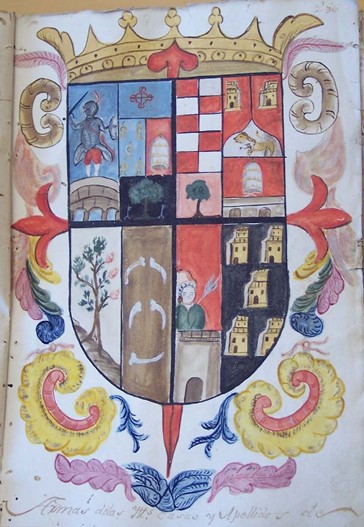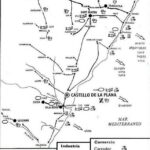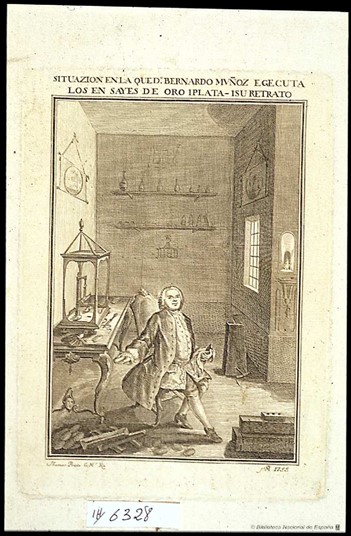
During the late Middle Ages, or Late Middle Ages (13th-15th centuries), the predominance of the agricultural economy everywhere coexisted with the rise of mercantile and craft activities, in both absolute and relative terms. This development took place in the large cities of the period, but also in those areas that maintained a clearly rural or, at most, semi-urban physiognomy. In the Iberian Peninsula, for example, this is the case of the northern regions of the old kingdom of Valencia, which make up the present-day province of Castellón. They were the site of medium-sized or small population centres for the size of the time: the so-called “places” or villas. The largest agglomerations were in Castellón (on the coast) and Morella (inland), with population levels that in the 15th century exceeded 500 “fuegos” or tax households. In both towns, and in other smaller ones, a large number and variety of craft and mercantile trades were defined. The former were essentially grouped around the textile, leather and pottery sectors. The latter found their maximum expression through the buying and selling activities carried out in the markets and fairs that were gradually created from the 13th century onwards, but also in the coastal ports (carregadors or cargaderos) that allowed the area to be included in maritime import and export itineraries. The attached map illustrates all these issues and reproduces what could be a kind of economic geography of northern Valencia at the end of the Middle Ages, thanks also to the establishment of different overland communication and transport routes. The most important ones were in the south (around the rivers Palancia and Mijares or Millars), in the far north (between Lower Aragon and the coast, connected even with Tortosa) and along the entire Mediterranean coast (largely following the route of the ancient Roman Via Augusta).
Collection: Images
Project: 2. Social and economic impact of technological revolutions in Europe., 9. Travels and travelers: economic, social and cultural connections.
Chronology: XIII, XIV, XV
Scope: Secondary education, Baccalaureate, University
Resource type: Image
Format: Map
Source: Paulino Iradiel Murugarren, David Igual Luis, Germán Navarro Espinach y Joaquín Aparici Martí, Oficios artesanales y comercio en Castelló de la Plana (1371-1527), Fundación Dávalos-Fletcher (serie Humanidades), Castellón, 1995, p. 319.
Language: Spanish
Date: 1995
Owner: Pablo Ballesta Fernández (Modernalia)
Copyright: Paulino Iradiel Murugarren, David Igual Luis, Germán Navarro Espinach, Joaquín Aparici Martí© Fundación Dávalos-Fletcher de Castellón©
Abstract: Market and craft economy in the north of Valencia in rural and urban areas
Image
Tags






